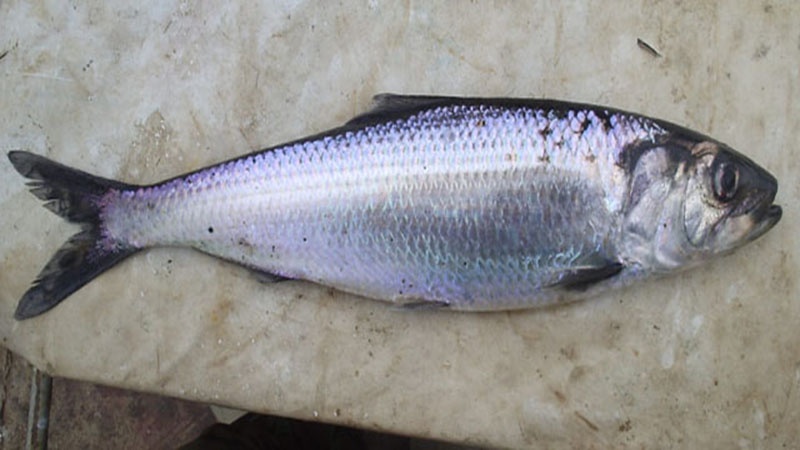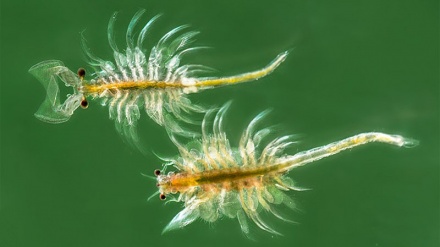Iran’s rare animal and plant species (20)
Welcome to this week’s episode of the series Iran’s Rare Animal Species.
Roughly seventy-eight fish species live in northern Iran and Caspian Sea waters; one of which is Caspian Tyulka.
This fish maintains a very small size. However, it is highly nutritious food and is full of calcium and protein, in addition to D, E, B, A, and K vitamins.
Up to now, three types of this fish have been spotted in the Caspian Sea. The habitat of this type of fish is the southern regions of the Caspian Sea. The ordinary type of Caspian Tyulka lives in parts of Caspian Sea with depths of more than 50 meters. They usually stay at relatively salty waters and never get close to the coastlines. Meanwhile, this fish has not been spotted in parts of the Caspian Sea, which are nearly 300 meters in depth. Also, there is no trace of this fish in the central parts of the Caspian Sea.
This fish is usually 7-15 centimeters in length; and approximately 12% of its weight is fat. Its scales are circular in shape. The average lifespan of this fish is five years and it reaches puberty at the age of two. It hatches its eggs in regions with water temperatures varying from 6 to 13 degrees Celsius.
Caspian Tyulka is usually resistant to cold, and has also been observed in waters with temperatures as low as 3 degrees Celsius. However, this kind of fish usually spends the winter season in water temperatures varying from 7-10 degrees Celsius.
Throughout the day, this fish usually moves in groups as a means to protect itself. However, upon sunset, they scatter in different directions. Thereby anglers usually try to detect this type of fish with fish detectors prior to sunset. Given that this type of fish lives in specific depths, the fishermen directly place electrical bulbs at a particular depth, upon nightfall, so that the fish in that depth would move toward the light, and would be netted by anglers. Up to a while ago, anglers were able to net up to 300 kilograms of Caspian Tyulka, every single time.
Some experts opine that the numbers of Caspian Tyulka fish have significantly dropped in recent years due to excessive fishing. However, some others believe that the root cause of this problem is the presence of an organism under the scientific name of Mnemeiopsis Leidy in these waters. This organism which has gained entry to many seas round the world as the consequence of human activities, has reproduced in large numbers and has dealt a heavy blow against the living environment of these waters.
Black Sea and Mediterranean Sea are also affected by the presence of this detrimental organism. This organism maintains an insatiable and voracious appetite for planktons and Caspian Tyulka eggs.
As of the entry of this organism to the Caspian Sea, the numbers of zooplanktons have fallen by a staggering 75%. Given that Caspian Tyulka feeds on planktons, this type of fish has also significantly dropped in numbers. In the meantime, the fall in the numbers of Caspian Tyulka has also threatened the existence of other types of aquatics, because many fish species, including sturgeons, feed on Caspian Tyulka. In this manner, the food chain in the Caspian Sea has been endangered.
Given the importance of this issue of concern, the Islamic Republic of Iran has made every effort to improve the ecosystem of the Caspian Sea, and to solve this crisis. However, the multilateral cooperation of all Caspian Sea littoral states is needed for resolution of this topic of concern.
MR/SS



